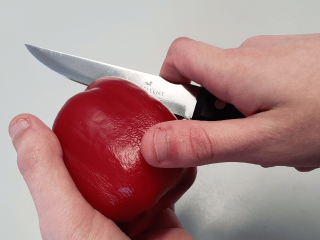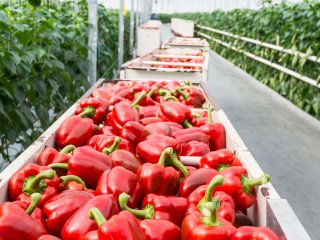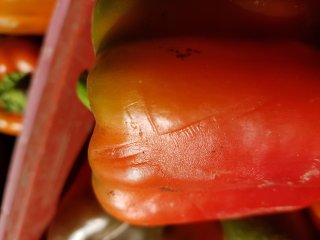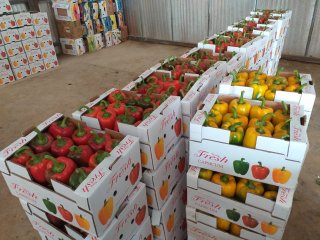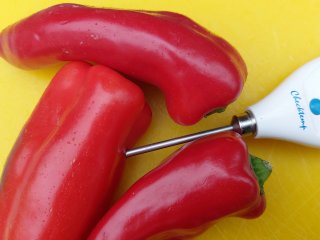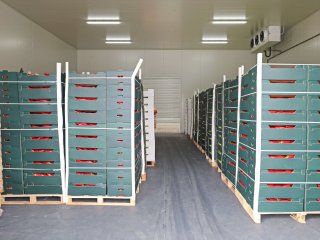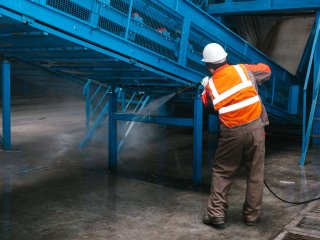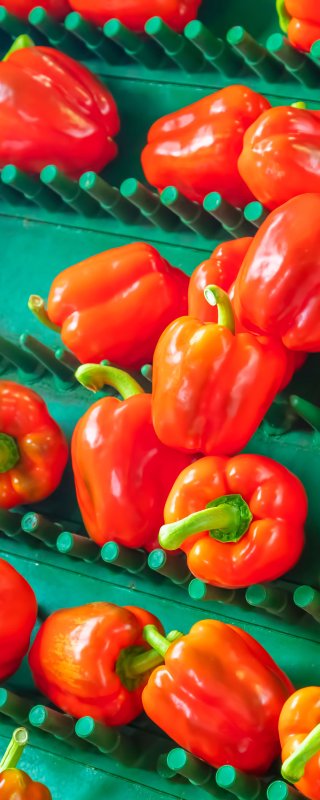
Packhouse practices for peppers
Packhouse practices cover the activities from the moment the products arrive in the packhouse to the moment of transport to the intended market. Sorting, grading, packing and cooling are among the main activities. It is very important that the packhouse has sufficient capacity to cool the products like peppers, as good temperature management is a requirement to maintain a good quality of horticultural produce. Furthermore, proper cleaning and sanitizing of building and equipment is part of good packhouse practices
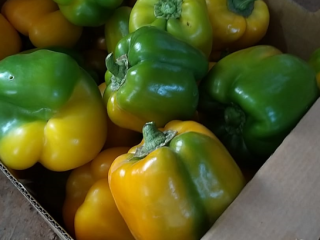
Well regulated and controlled processes
Did you know that the price on the market between Class I and Class II may differ substantially? The classification is determined in large part on correct and consisted grading on size and color (maturity), as well as cleaning the fruits that often appear stained with dirt. Extra effort on these aspects usually is very worth it regarding economic returns.
Did you know that the shelf-life of peppers can be influenced by fast cooling and harvesting in an early maturity stage? This way, truck- and reefer transport of up to 2 weeks can be made possible.
However, peppers should not be stored below their critical temperature, as chilling injury may then occur which would result in risks of pitting, discoloration, water-soaked tissues, and increased susceptibility to decay such as Botrytis.
